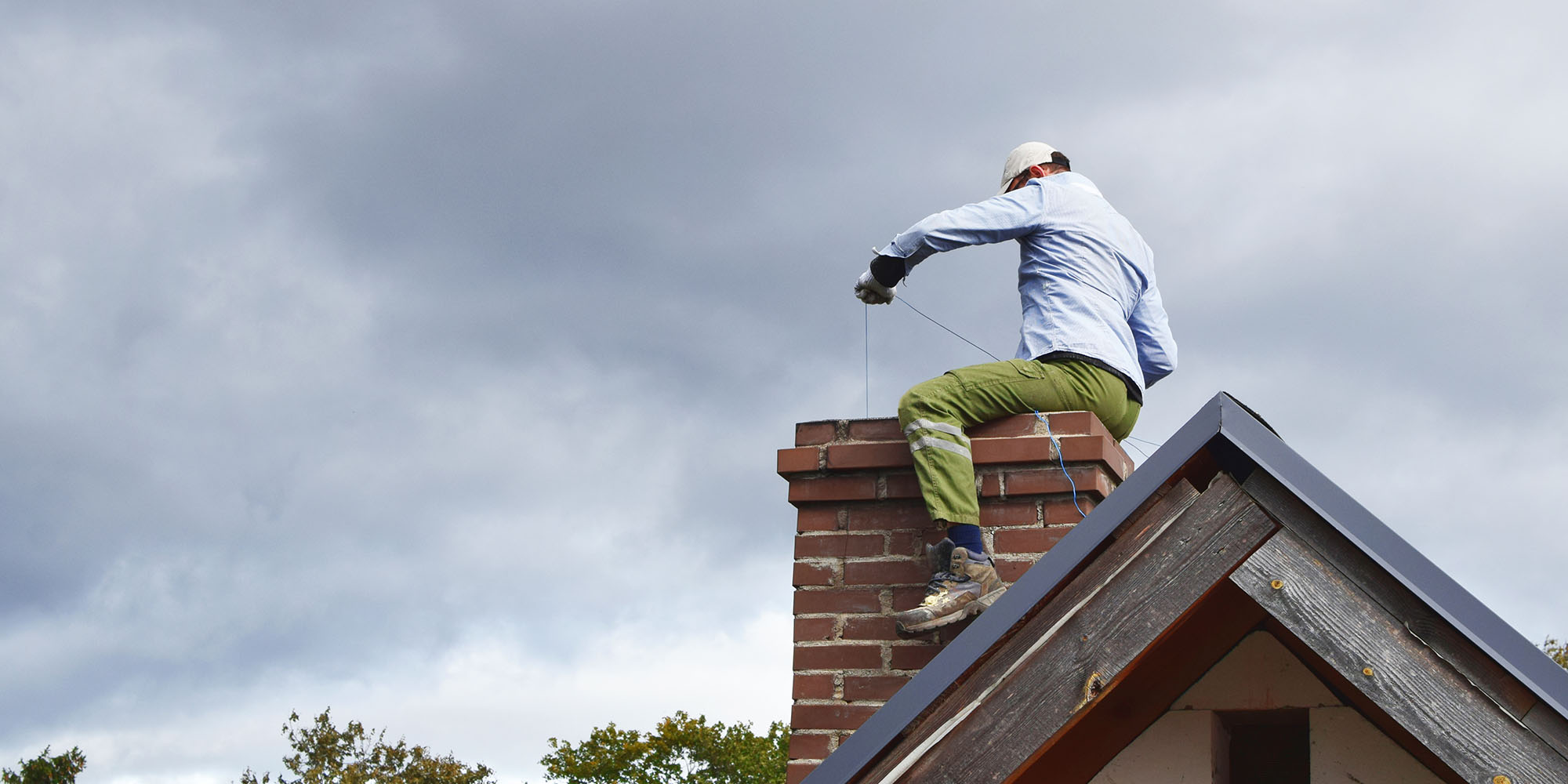

Articles
How To Dispose Creosote From Chimney
Modified: August 22, 2024
Learn effective methods to safely dispose of creosote buildup from your chimney with these informative articles.
(Many of the links in this article redirect to a specific reviewed product. Your purchase of these products through affiliate links helps to generate commission for Storables.com, at no extra cost. Learn more)
Introduction
Welcome to our comprehensive guide on how to properly dispose of creosote from chimneys. If you own a fireplace or wood-burning stove, you are likely familiar with creosote – a black, sticky substance that builds up in chimneys over time. Creosote is formed when wood or fossil fuels are burned and can pose a serious fire hazard if not properly managed.
In this article, we will explain what creosote is, why it is important to dispose of it from chimneys, and provide you with a step-by-step guide to safely and effectively remove creosote buildup. We will also discuss alternative methods for creosote disposal and provide tips on proper storage and disposal of creosote waste.
Whether you are a homeowner or a professional chimney sweep, this article will equip you with the knowledge and tools necessary to ensure the safety and efficiency of your chimney system.
Key Takeaways:
- Regularly disposing of creosote from chimneys is crucial for preventing fires, maintaining efficiency, and ensuring safety. Follow safety precautions and proper disposal methods to protect your home and family.
- Alternative methods, such as chemical removal products and professional chimney sweeping, can supplement manual cleaning. Proper storage and disposal of creosote waste is essential for environmental and public health safety.
Read more: How To Get Creosote Out Of The Chimney
What is Creosote?
Creosote is a brown to black, oily substance that condenses and builds up in chimneys as a result of burning wood or fossil fuels. It is composed of various chemicals, including tar, soot, and other carbon-based materials. Creosote can take on different forms, ranging from a flaky, crusty texture to a thick, sticky, and tar-like consistency.
Creosote is classified into three main stages or types:
- Stage 1: In this initial stage, creosote is relatively soft, sooty, and easy to remove. Known as “sooty fireplaces,” this stage poses the least risk.
- Stage 2: As creosote continues to accumulate, it transforms into a harder, more condensed substance. This stage is often referred to as “glazed creosote” and presents a higher fire risk than stage 1.
- Stage 3: The most dangerous stage, stage 3 creosote is a highly concentrated, solid, and extremely flammable material. It resembles a layer of tar and can pose a severe fire hazard if not promptly addressed.
Creosote buildup occurs when incomplete combustion of fuels produces smoke, which then cools and condenses on the walls of the chimney. This process occurs over time, with creosote accumulating layer by layer, reducing the efficiency of the chimney and increasing the risk of a chimney fire.
It’s important to note that creosote is highly combustible, and once it ignites, it can lead to a chimney fire. These fires can be extremely dangerous and may cause significant damage to your home or property.
To ensure the safety of your home and family, it is crucial to understand the importance of regular chimney maintenance and the proper disposal of creosote from chimneys. In the following sections, we will delve into why it is vital to dispose of creosote and provide detailed steps on how to do it safely and effectively.
Why is it Important to Dispose of Creosote from Chimneys?
Properly disposing of creosote from chimneys is essential for several important reasons. Let’s explore the key reasons why this task should not be neglected:
- Fire Prevention: The primary reason to dispose of creosote is to prevent chimney fires. Creosote is highly flammable, and the accumulation of this substance in the chimney increases the risk of a fire igniting. By regularly removing creosote, you reduce the chances of a dangerous chimney fire that can cause significant damage to your home and put your family’s safety at risk.
- Improves Chimney Efficiency: As creosote builds up, it decreases the efficiency of your chimney. The thick layer of creosote can restrict the flow of smoke and gases, reducing the draft and causing poor combustion. This can lead to excessive smoke, unpleasant odors, and even carbon monoxide buildup in your home. Disposing of creosote helps to maintain optimal chimney performance, ensuring better ventilation and more efficient burning of fuel.
- Prevents Damaging Corrosion: Creosote is acidic in nature, and over time, it can corrode the lining of the chimney. This corrosive effect can weaken the structure of the chimney, leading to potential leaks, stains, and damage. By removing creosote regularly, you protect the integrity of your chimney and extend its lifespan.
- Maintains Indoor Air Quality: When creosote is not disposed of, it can release harmful gases and odors into your home. Breathing in these pollutants can cause respiratory issues, allergies, and other health problems. Proper disposal of creosote ensures cleaner indoor air quality, creating a healthier and safer environment for you and your family.
- Compliance with Safety Standards: Depending on your local building codes and regulations, there may be specific guidelines and requirements for the maintenance and disposal of creosote in chimneys. By disposing of creosote in accordance with these regulations, you not only ensure the safety of your home but also meet legal obligations and avoid potential penalties or liabilities.
With these crucial reasons in mind, it is evident that the proper disposal of creosote is not a task to be overlooked. By taking proactive steps to remove creosote buildup, you can prevent chimney fires, maintain a functional and efficient chimney system, protect your home from damage, and promote a healthier living environment.
Safety Precautions
When it comes to disposing of creosote from chimneys, it is important to prioritize safety at every step of the process. Here are some key safety precautions to follow:
- Protective Gear: Before you begin, make sure to wear the appropriate personal protective equipment (PPE). This includes gloves, safety goggles, and a dust mask or respirator to protect yourself from any harmful substances and particles.
- Ventilation: Ensure that the area around the chimney is well-ventilated. Open windows, doors, or use fans to improve air circulation and prevent the buildup of potentially harmful gases or fumes.
- Fire Safety: Take necessary precautions to prevent accidental fires. Have a fire extinguisher nearby, and keep flammable materials away from the work area. It is also advisable to have a fire-resistant tarp or drop cloth to cover the area surrounding the chimney in case of any fallouts.
- Sturdy Ladder: If you are using a ladder to access the chimney, ensure that it is stable and securely positioned. Use caution and maintain a firm grip while climbing up and down the ladder.
- Proper Lighting: Make sure the work area is well-lit. Consider using a headlamp or other portable lighting sources to ensure clear visibility while working inside the chimney.
- Use of Tools: Use the appropriate tools for creosote removal, such as a chimney brush or specialized creosote removal tools. Follow the manufacturer’s instructions and guidelines for safe and effective use of these tools.
- Work with a Partner: It’s always a good idea to have someone else present while working on the chimney. They can assist you, provide additional safety support, and act in case of an emergency.
- Dispose of Waste Properly: After removing creosote, dispose of the waste in accordance with local regulations. Seal the waste in airtight bags or containers to prevent any release of harmful fumes or substances.
- Professional Assistance: If you are unsure about the creosote disposal process or if the buildup is significant, it is recommended to seek the help of a professional chimney sweep. They have the expertise and experience to handle the job safely and effectively.
By adhering to these safety precautions, you can minimize the risks associated with disposing of creosote from chimneys. Safety should always be the top priority when working with potentially hazardous materials and accessing elevated areas.
Tools and Materials Needed
Before you begin the process of disposing of creosote from your chimney, it is important to gather the necessary tools and materials. Here is a list of what you will need:
- Chimney Brush: A chimney brush is a specialized tool designed to effectively remove creosote from the chimney walls. Choose a brush suitable for the size and shape of your chimney.
- Flexible Extension Rods: Extension rods are used to attach the chimney brush and reach the entire length of the chimney flue. Make sure the rods are flexible and durable to navigate any bends or curves in the chimney.
- Protective Gear: Wear durable gloves, safety goggles, and a dust mask or respirator to protect yourself from the creosote and any particles that may be released during the process.
- Tarp or Drop Cloth: Cover the area around the fireplace or stove with a fire-resistant tarp or drop cloth to minimize mess and make cleanup easier.
- Ladder: Depending on the height and accessibility of your chimney, you may need a sturdy ladder to reach the chimney opening safely. Ensure the ladder is stable and properly positioned before climbing.
- Plastic Bags or Containers: Use airtight plastic bags or containers to seal and dispose of the removed creosote properly. This prevents any release of harmful fumes or substances.
- Cleaning Brush and Dustpan: To clean up any debris or small particles that may fall during the creosote removal process, have a brush and dustpan ready for quick and easy cleanup.
- Flashlight or Headlamp: Since the chimney can be dark and difficult to see inside, a flashlight or headlamp will provide proper lighting to inspect and clean the chimney more efficiently.
- Fire Extinguisher: Have a fire extinguisher nearby as a precautionary measure in case of accidental fires.
- PPE Storage Bag: After you have finished the process, store your gloves, goggles, and mask in a designated bag for safekeeping and to prevent cross-contamination.
By gathering these tools and materials beforehand, you will be well-prepared to tackle the task of creosote disposal from your chimney. Having the right equipment ensures a smoother and safer process, enabling you to effectively remove creosote buildup and maintain the safety and efficiency of your chimney system.
To dispose of creosote from a chimney, it is best to hire a professional chimney sweep who can safely remove the buildup and ensure the chimney is clean and safe for use. Avoid trying to remove creosote on your own, as it can be dangerous and difficult to fully eliminate.
Read more: How Does Creosote Build Up In Chimney
Step-by-Step Guide to Disposing Creosote from Chimney
Follow these step-by-step instructions to safely and effectively dispose of creosote from your chimney:
- Prepare the Work Area: Lay down a fire-resistant tarp or drop cloth around the fireplace or stove to protect the surrounding area from any falling debris. Ensure the work area is well-ventilated.
- Put on Protective Gear: Wear gloves, safety goggles, and a dust mask or respirator to protect yourself from the creosote and any particles that may be released during the process.
- Inspect the Chimney: Use a flashlight or headlamp to thoroughly inspect the chimney. Look for any signs of damage, cracks, or blockages that may require professional assistance before proceeding.
- Attach the Brush to Extension Rods: Secure the chimney brush to the flexible extension rods. Make sure it is firmly attached and will not become detached during the cleaning process.
- Clean the Chimney: Insert the brush into the chimney flue and gently scrub the walls, moving the brush up and down. Use a steady, twisting motion to remove the creosote. Be careful not to use excessive force, as it may damage the chimney lining.
- Remove the Dislodged Creosote: Periodically, detach the brush from the extension rods and use a brush and dustpan to collect the dislodged creosote that has fallen into the fireplace or stove. Dispose of it in sealed plastic bags or containers immediately.
- Continue Cleaning: Reattach the brush to the extension rods and continue cleaning the chimney, working your way from the bottom to the top. Repeat the process until you have thoroughly brushed the entire length of the chimney flue.
- Inspect and Clean the Fireplace or Stove: After removing creosote from the chimney, inspect the fireplace or stove for any remaining debris or ashes. Use a brush and dustpan to clean the interior thoroughly, disposing of the waste properly.
- Clean Up: Once the cleaning process is complete, remove the tarp or drop cloth and clean the surrounding area. Dispose of any remaining debris or waste in sealed plastic bags or containers.
- Properly Store Equipment and PPE: Clean and properly store the chimney brush, extension rods, and other tools in a designated area. Place your gloves, goggles, and mask in a PPE storage bag for future use.
Remember, if you encounter excessive creosote buildup, encounter issues during the cleaning process, or are unsure about any aspect of creosote disposal, it is best to seek the help of a professional chimney sweep. They have the expertise and experience to handle the job safely and effectively.
By following these step-by-step instructions, you can ensure the proper disposal of creosote from your chimney, promoting a safer and more efficient chimney system, reducing the risk of chimney fires, and maintaining the integrity of your home.
Alternative Methods for Creosote Disposal
While the most common method for disposing of creosote from chimneys is through manual cleaning using brushes and rods, there are alternative methods available. These methods provide additional options for creosote removal or can be used in conjunction with traditional cleaning techniques. Here are some alternative methods for creosote disposal:
- Chemical Creosote Removal: There are commercially available chimney cleaning products that can help break down and dissolve creosote buildup. These products typically contain chemicals that react with creosote, making it easier to remove. However, it is important to carefully follow the instructions provided by the manufacturer and use these products in accordance with safety guidelines.
- Creosote Sweeping Logs: Creosote sweeping logs are logs treated with chemicals that claim to reduce creosote buildup. When burned in the fireplace or stove, these logs release special compounds that help break down and loosen creosote, making it easier to remove. While creosote sweeping logs can be a convenient option, they should not be relied upon as the sole method of creosote removal, and regular manual cleaning is still necessary.
- Professional Chimney Sweeping: Hiring a professional chimney sweep is always an effective method of creosote removal. Professional chimney sweeps have the expertise, specialized tools, and equipment to thoroughly clean your chimney and dispose of the creosote. They can also inspect your chimney for any potential issues and provide recommendations for maintenance and safety.
- Creosote Removal Additives: Creosote removal additives are powdered substances that are sprinkled onto the fire in the fireplace or stove. These additives claim to break down and reduce creosote buildup over time as the fire burns. However, while these products may offer some benefits, it is important to remember that regular manual cleaning is still necessary to remove existing creosote deposits.
- Preventative Measures: One of the best ways to reduce creosote buildup in your chimney is by taking preventative measures. This includes burning only well-seasoned wood, avoiding the use of unapproved fuels, and maintaining proper airflow and ventilation in your fireplace or stove. Regular inspections and cleanings by a professional chimney sweep can also help detect and address creosote buildup before it becomes a major issue.
It’s important to note that while these alternative methods can be helpful, they should not replace regular manual cleaning of the chimney. Manual cleaning is the most effective way to remove accumulated creosote and ensure the safety and efficiency of your chimney system.
Consider consulting with a professional chimney sweep or seeking advice from a reputable chimney company to determine which alternative methods may be appropriate for your specific situation.
Proper Storage and Disposal of Creosote Waste
Once you have successfully removed creosote from your chimney, it is crucial to handle the waste properly to prevent any hazards or negative environmental impacts. Here are some guidelines for the proper storage and disposal of creosote waste:
- Seal the Waste: Collect the removed creosote in sealed plastic bags or airtight containers. This will prevent any release of harmful fumes, odors, or particles into the surrounding environment.
- Label the Waste: Clearly label the bags or containers as “Creosote Waste” to ensure proper identification and handling during disposal.
- Local Regulations: Check with your local authorities or waste management facilities to understand the guidelines and regulations regarding the disposal of creosote waste. They may have specific requirements or designated drop-off locations for hazardous materials.
- Proper Hazardous Waste Disposal: If creosote is classified as a hazardous waste in your area, it must be disposed of through appropriate hazardous waste disposal facilities. Do not dispose of it in regular household waste or pour it down drains or sewers.
- Professional Disposal Services: In some cases, professional disposal services or hazardous waste removal companies may be necessary to handle and dispose of creosote waste. These companies have the expertise and equipment to handle hazardous waste safely and in compliance with regulations.
- Recycling Opportunities: Some regions may have recycling facilities or programs that accept certain types of waste, including creosote. Research local recycling options to see if creosote waste can be recycled or disposed of in an environmentally friendly manner.
- Education and Awareness: It is important to educate yourself and others about the proper storage and disposal of creosote waste. Share this information with neighbors, friends, and family to promote responsible waste management practices.
- Prevent Future Accumulation: To minimize the amount of creosote waste generated, practice regular chimney maintenance, including scheduled chimney cleanings to prevent excessive buildup. Take preventive measures such as burning well-seasoned wood and avoiding the use of unapproved fuels.
By following these guidelines, you can ensure the safe and responsible storage and disposal of creosote waste. Remember to always consult local regulations and seek professional assistance when necessary. Responsible waste management benefits both the environment and the overall safety of your community.
Conclusion
Properly disposing of creosote from chimney systems is vital to ensure the safety, efficiency, and longevity of your fireplace or wood-burning stove. Creosote buildup poses a significant risk of chimney fires and can impair the performance of your chimney, resulting in poor combustion and potential health hazards. By following the steps outlined in this guide and implementing the necessary safety precautions, you can effectively remove creosote and mitigate these risks.
Understanding what creosote is and why it is important to dispose of it from chimneys is the first step towards maintaining a safe and functional chimney system. Regular inspections and cleanings are crucial in preventing excessive creosote buildup and addressing any issues promptly.
In addition to traditional manual cleaning using chimney brushes and rods, alternative methods such as chemical removal products and creosote sweeping logs can supplement your cleaning routine. However, it is important to remember that these alternatives should not replace regular manual cleaning and inspection by a professional chimney sweep.
Proper storage and disposal of creosote waste is equally important. Ensure that creosote waste is sealed in airtight bags or containers and labeled appropriately. Familiarize yourself with local regulations and follow guidelines for hazardous waste disposal to prevent adverse effects on the environment and public health.
By taking these steps, you not only protect your home and loved ones from the dangers of chimney fires but also contribute to a cleaner and healthier living environment. Regular chimney maintenance, including creosote disposal, should be a priority for every homeowner with a fireplace or wood-burning stove.
Remember, if you are unsure about the creosote disposal process or encounter significant creosote buildup, it is always advisable to seek professional assistance from a certified chimney sweep. They have the expertise and experience to handle the task safely and effectively.
Take the necessary measures to properly dispose of creosote from your chimney, and enjoy the warmth, comfort, and peace of mind that a well-maintained and safe chimney system can provide.
Frequently Asked Questions about How To Dispose Creosote From Chimney
Was this page helpful?
At Storables.com, we guarantee accurate and reliable information. Our content, validated by Expert Board Contributors, is crafted following stringent Editorial Policies. We're committed to providing you with well-researched, expert-backed insights for all your informational needs.
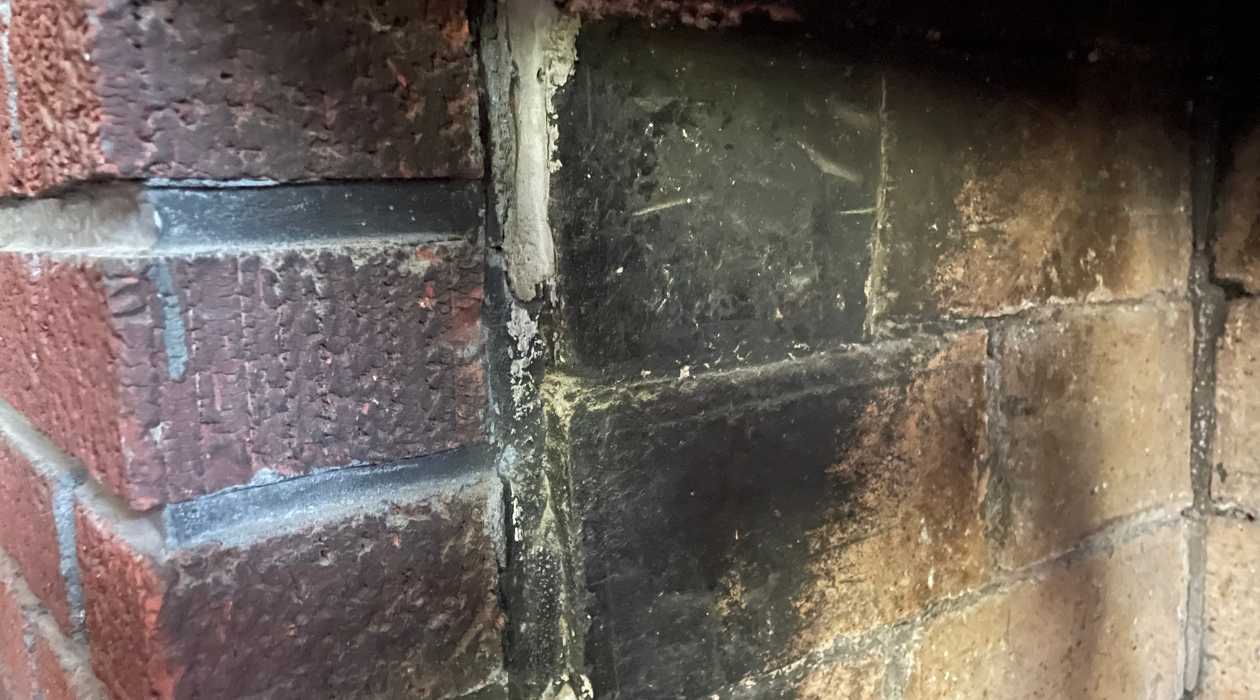
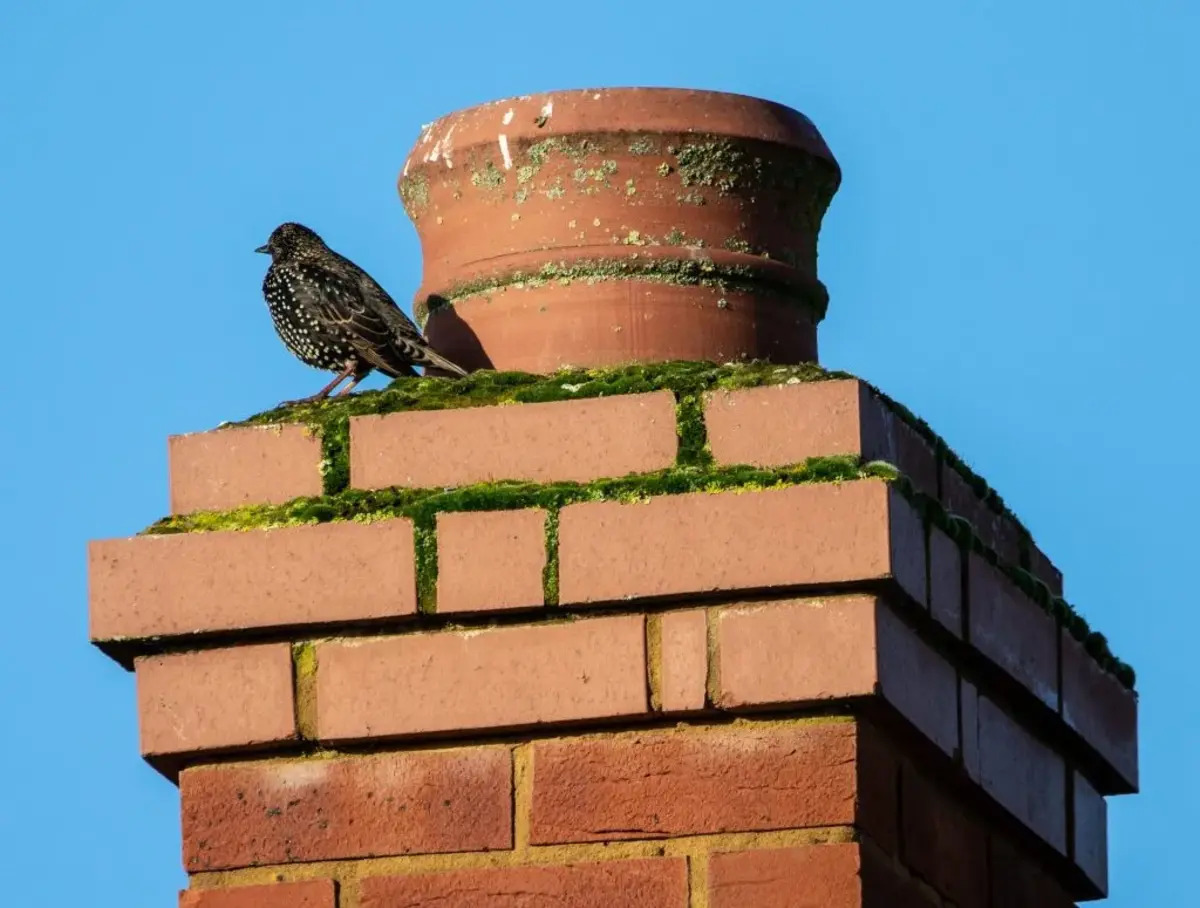
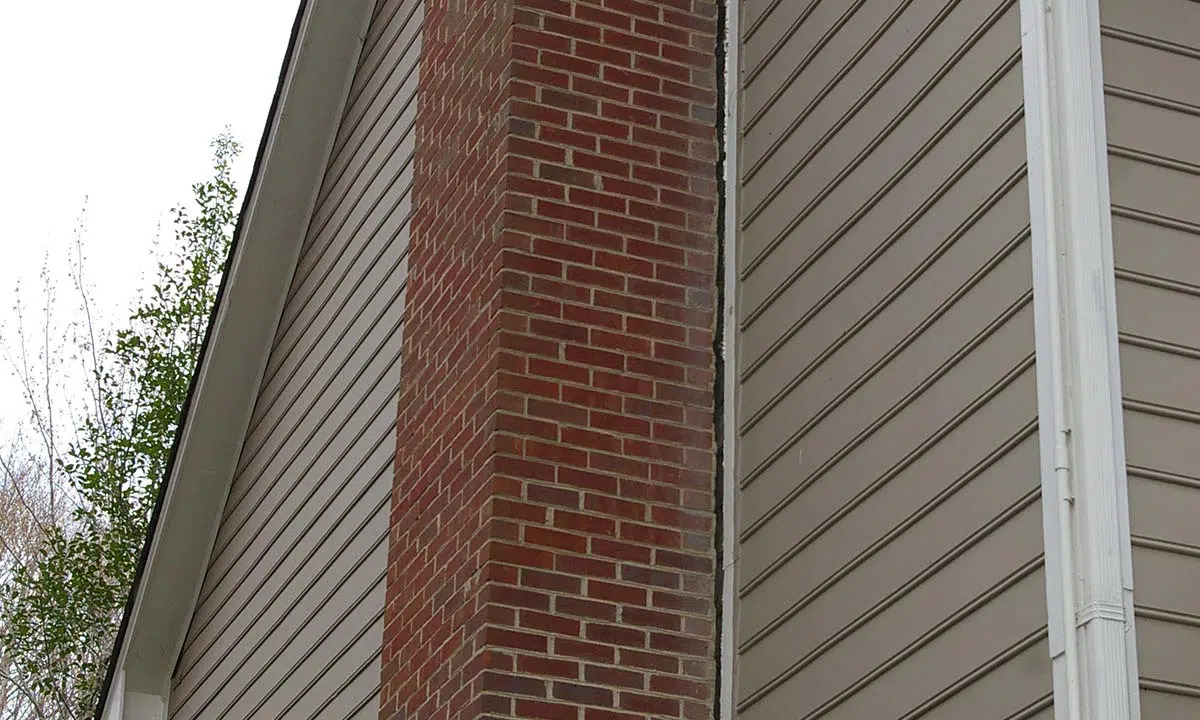
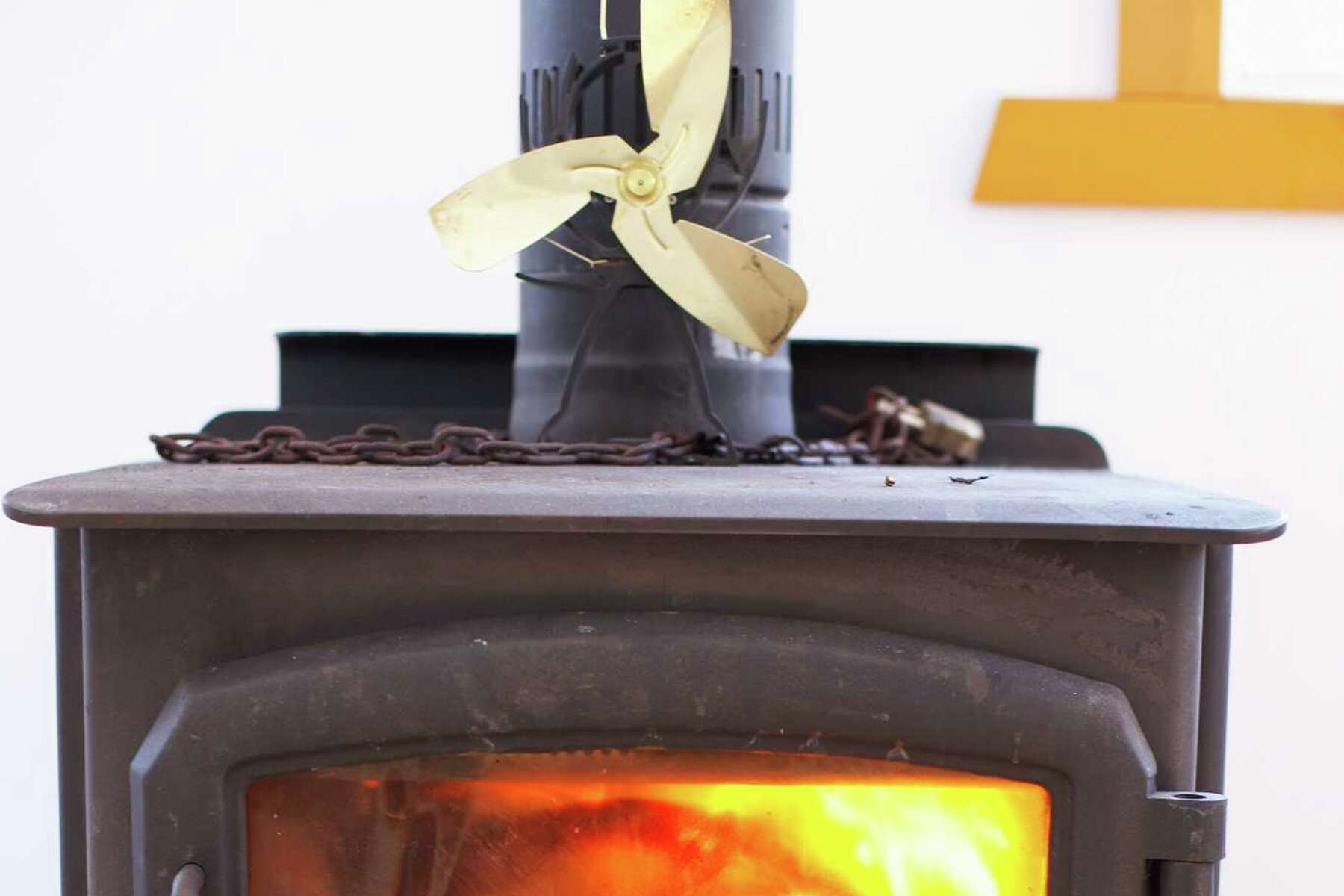
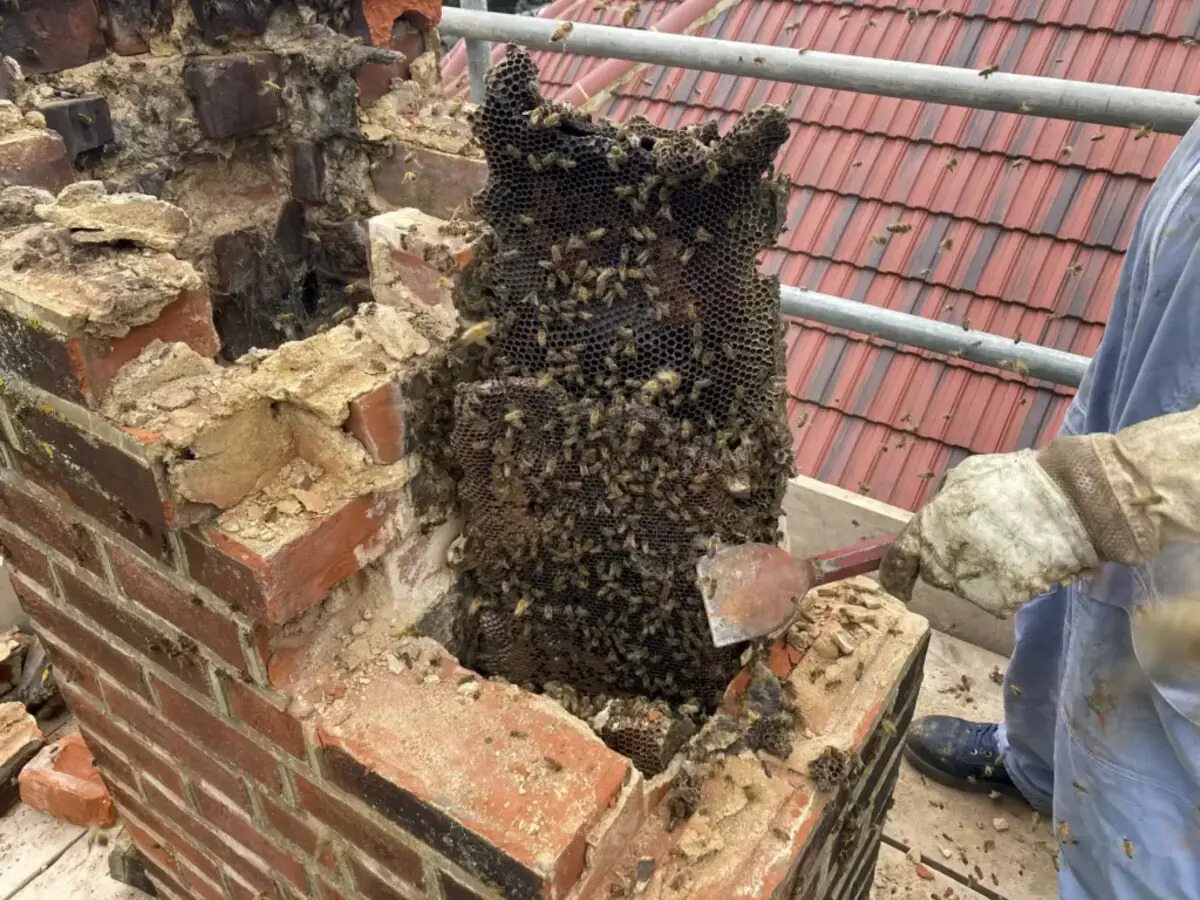

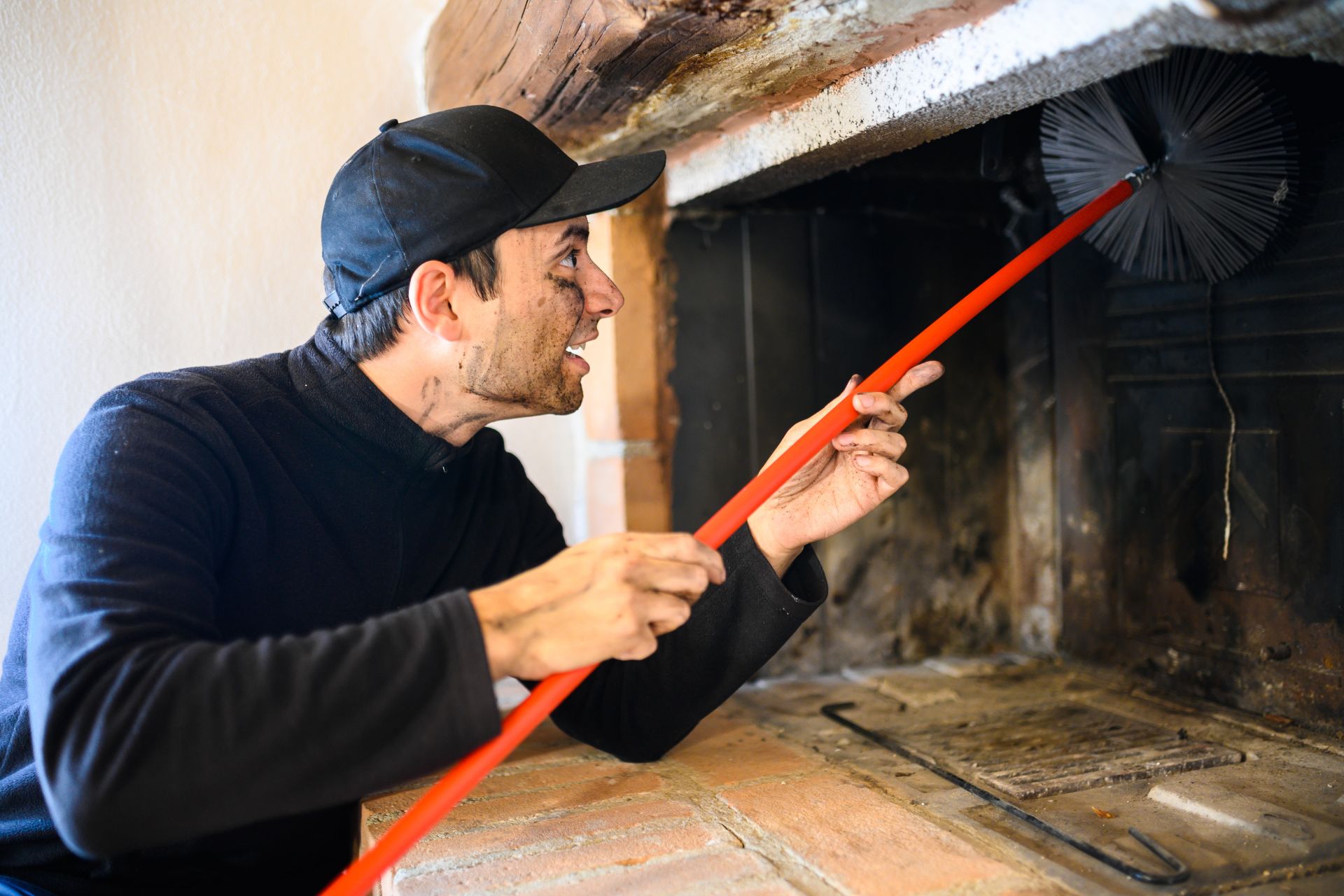
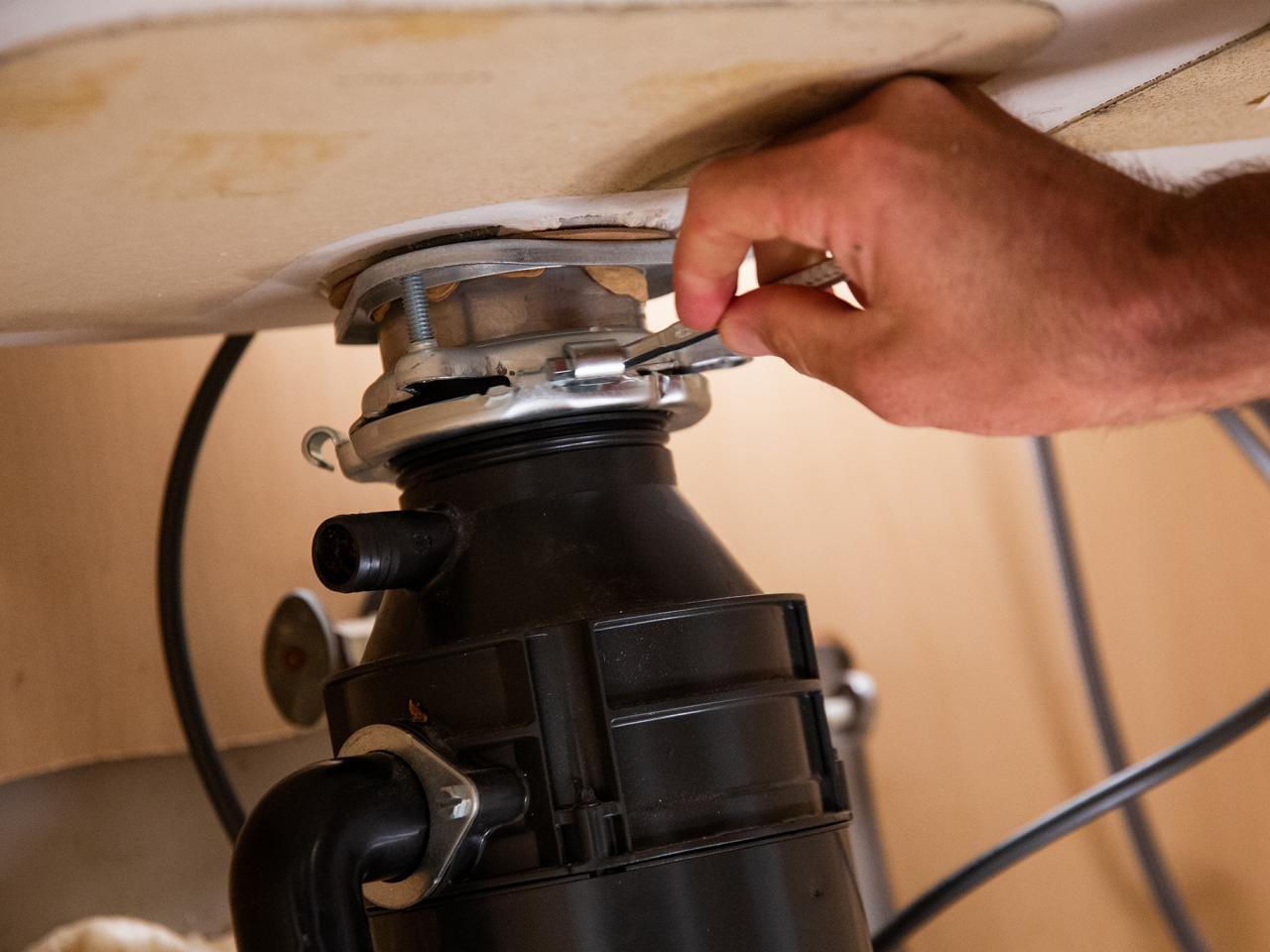
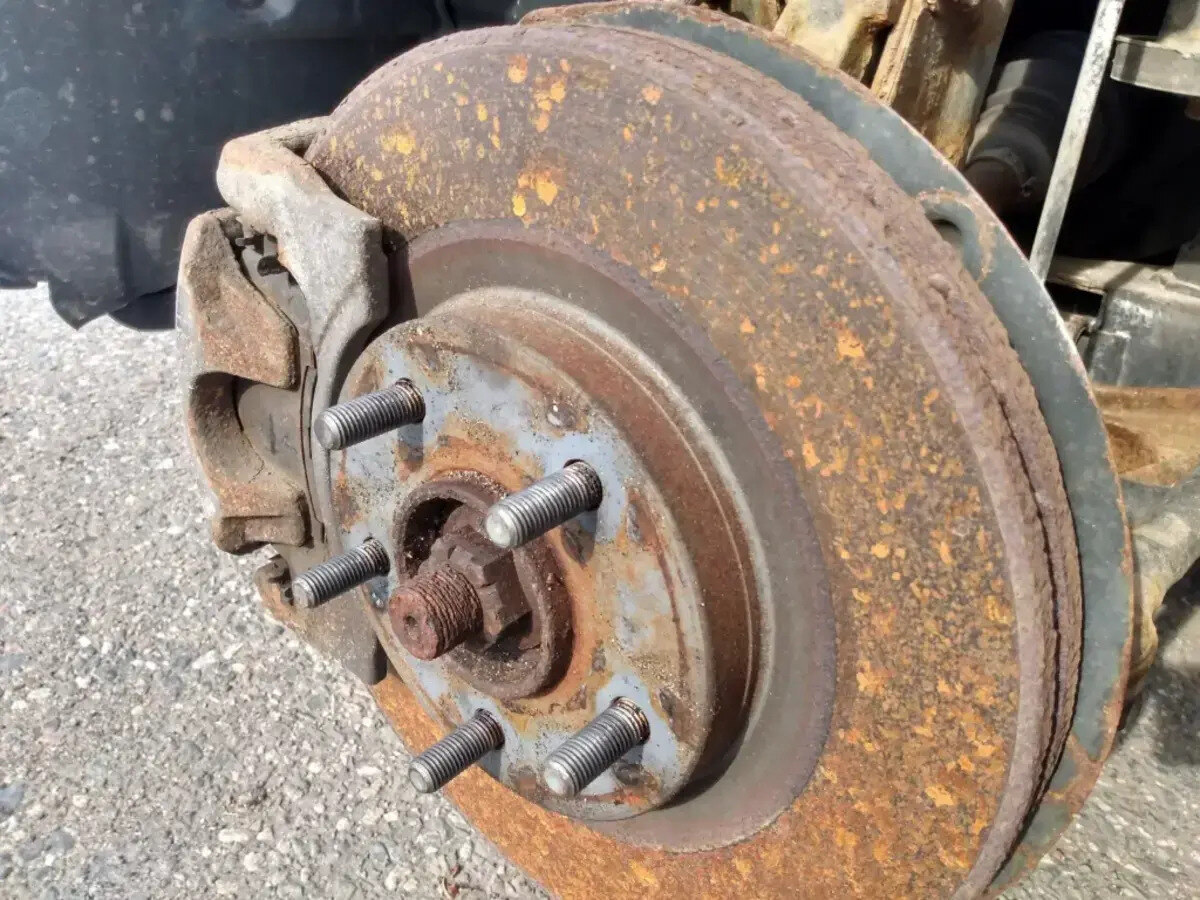
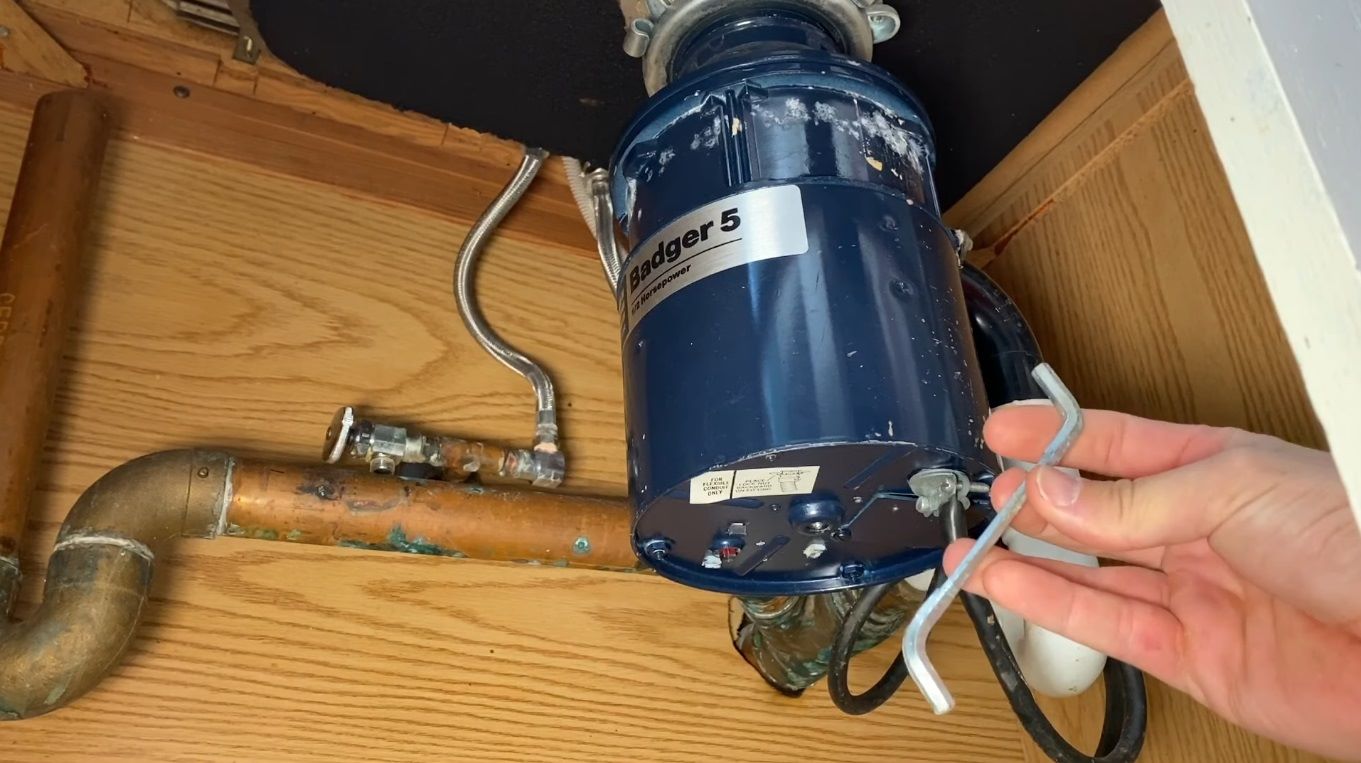
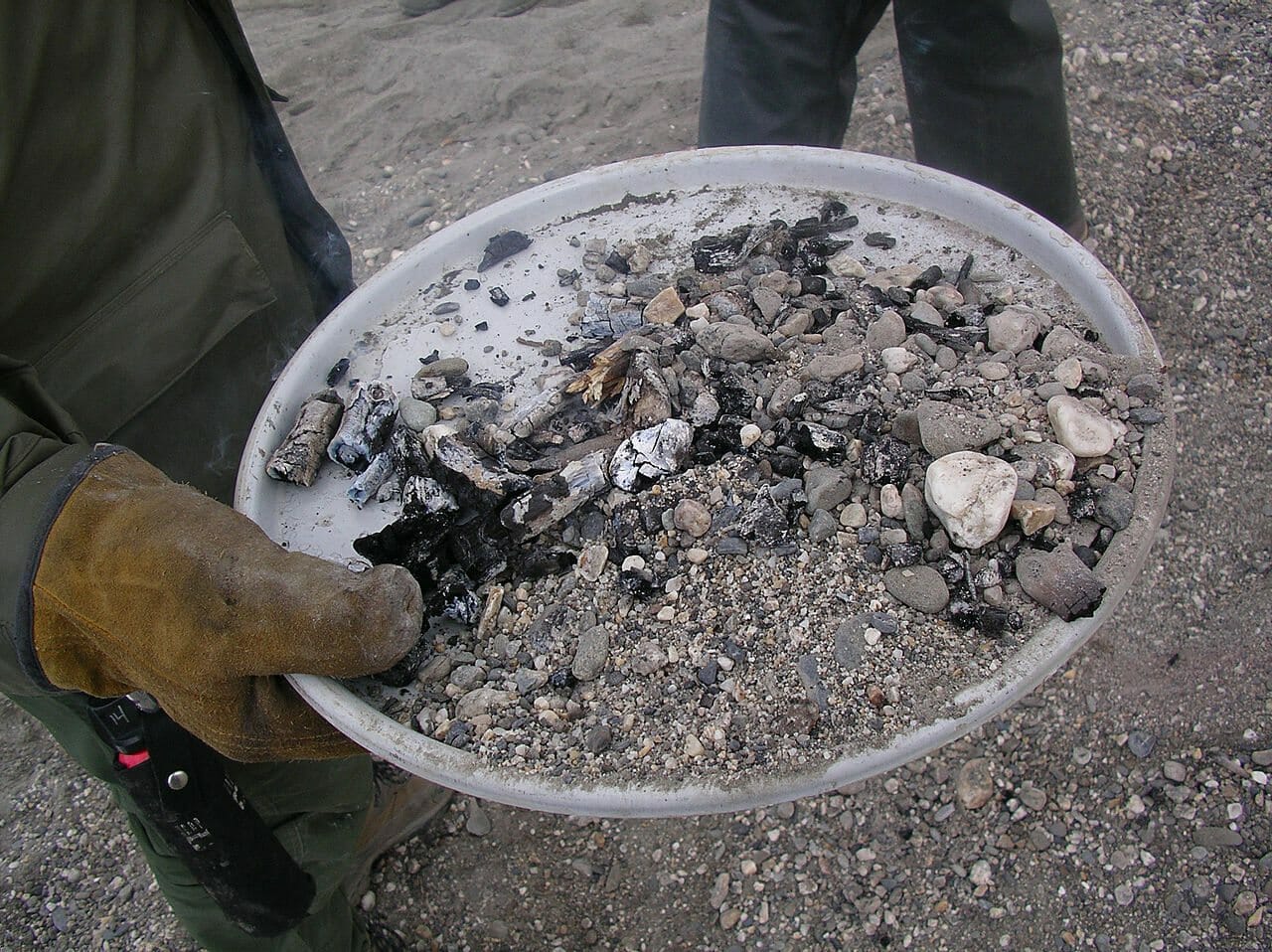

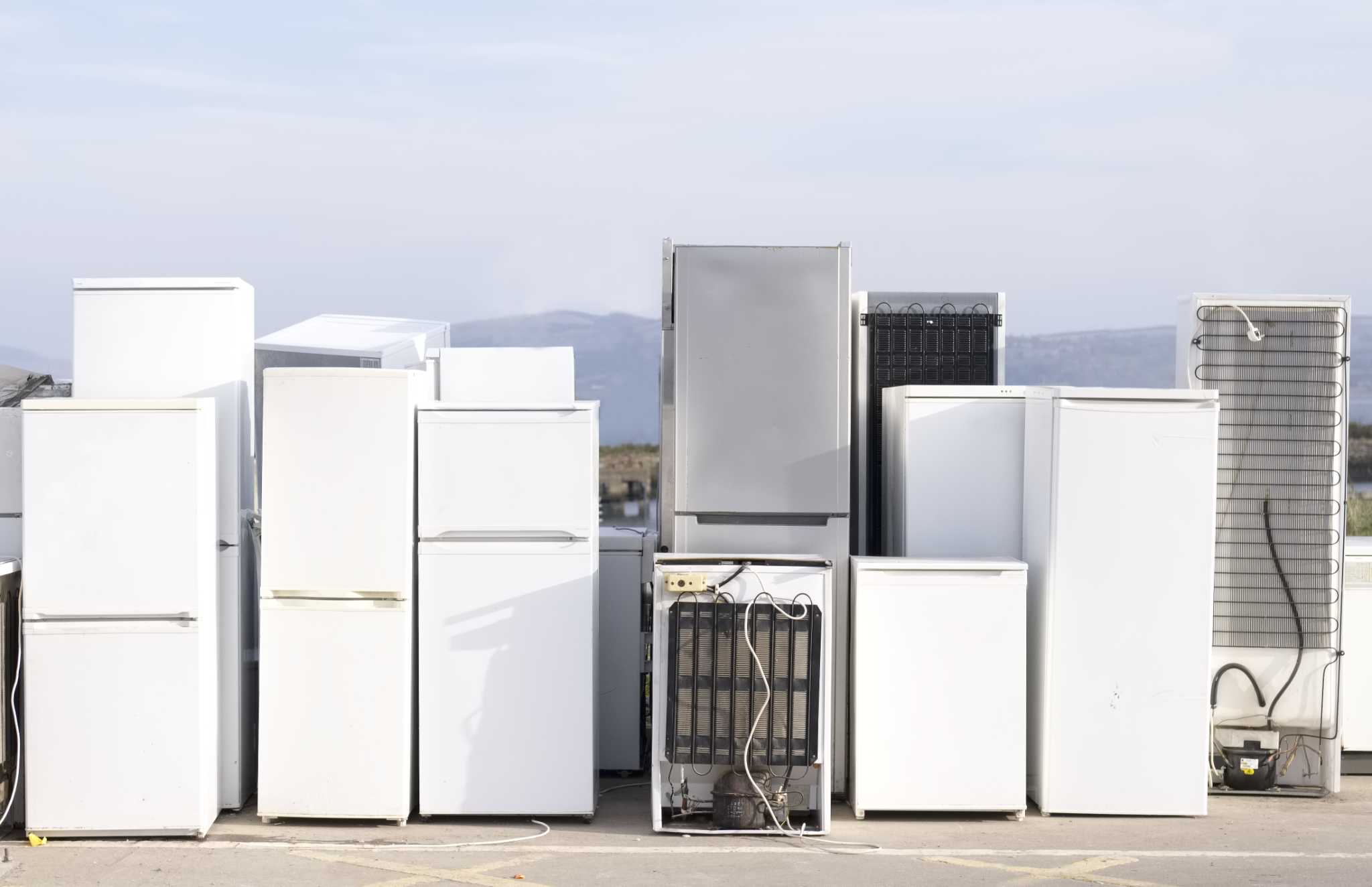
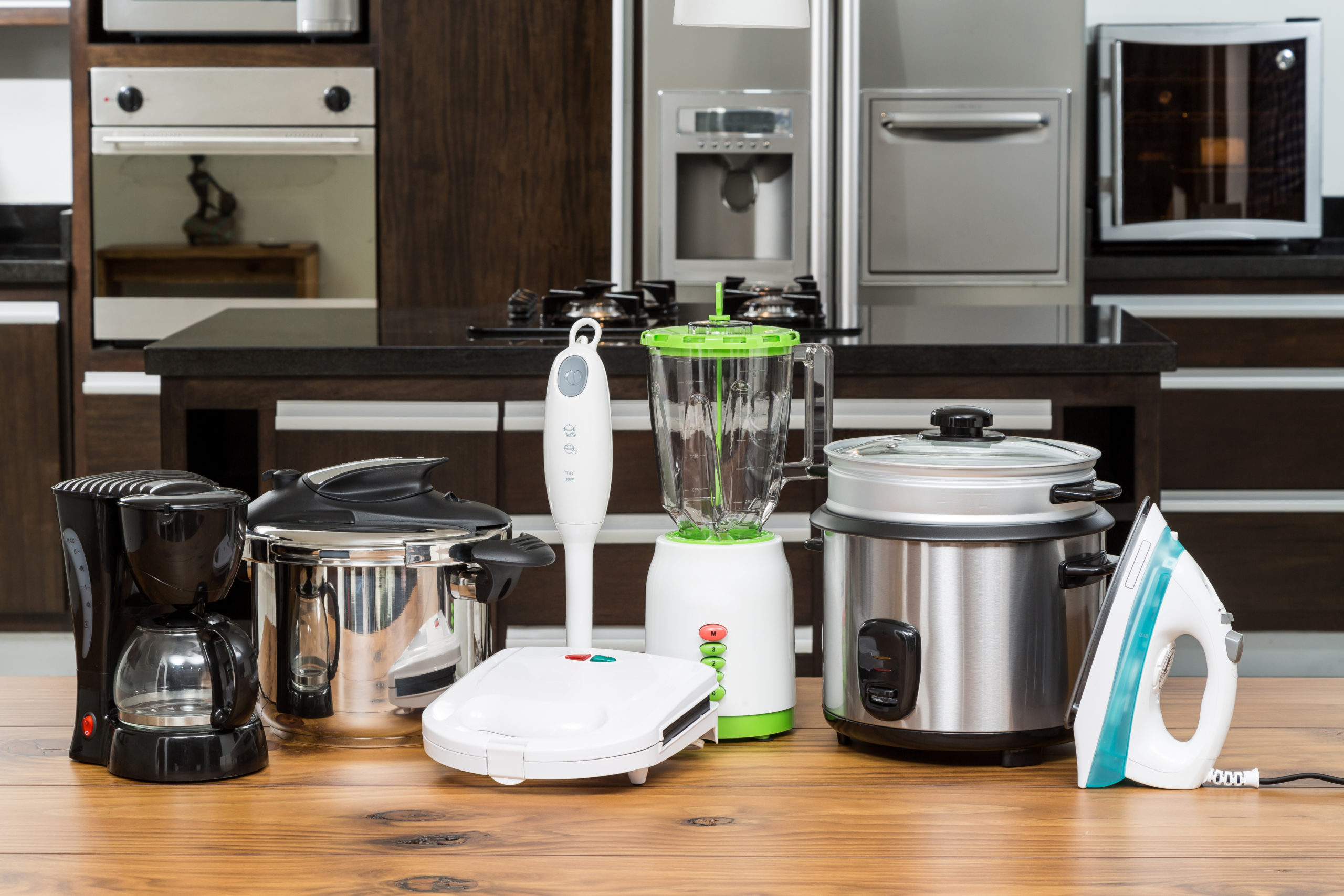

0 thoughts on “How To Dispose Creosote From Chimney”